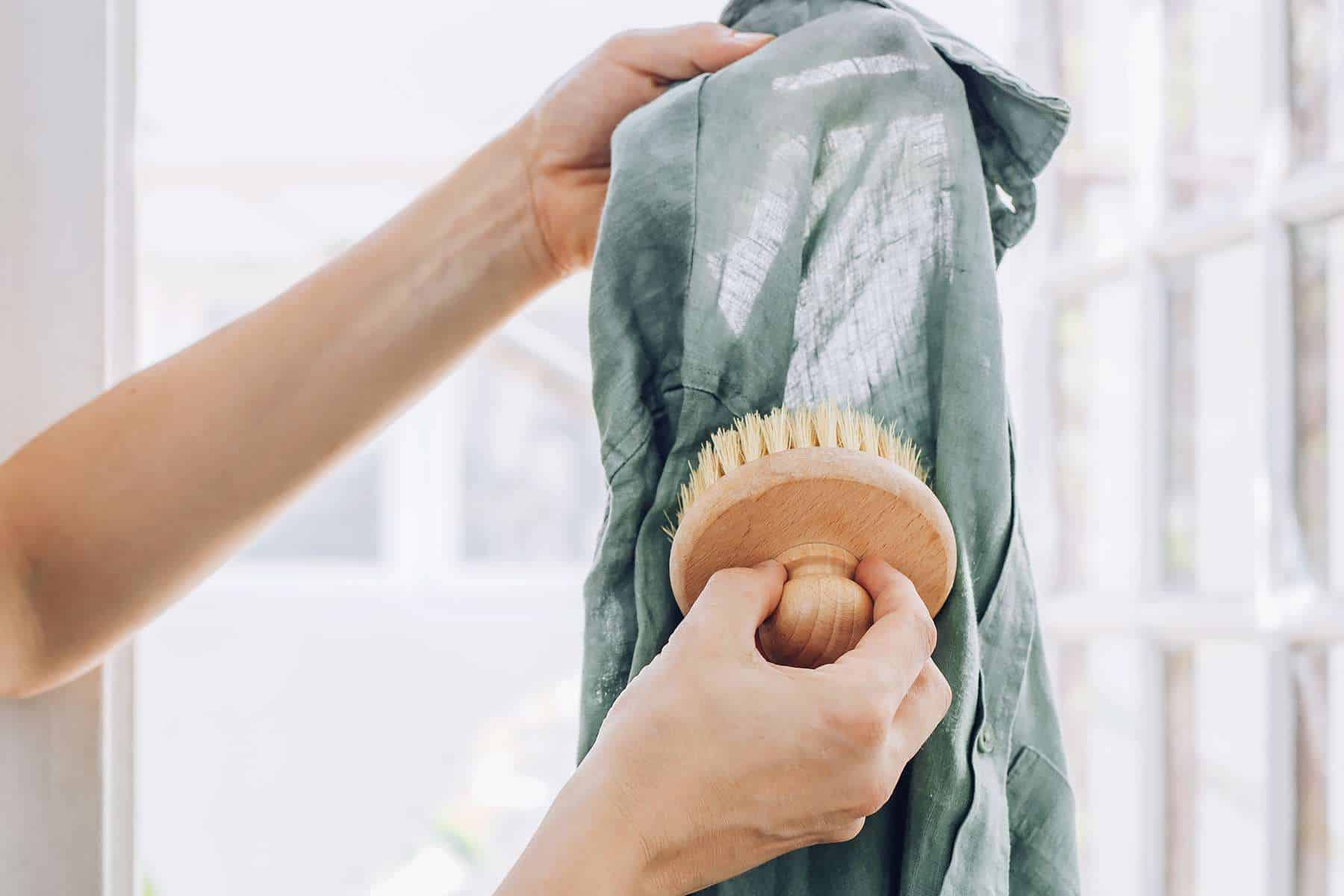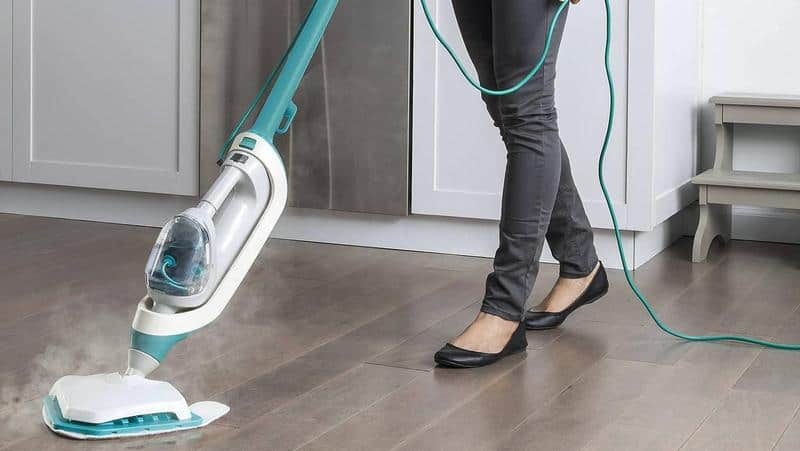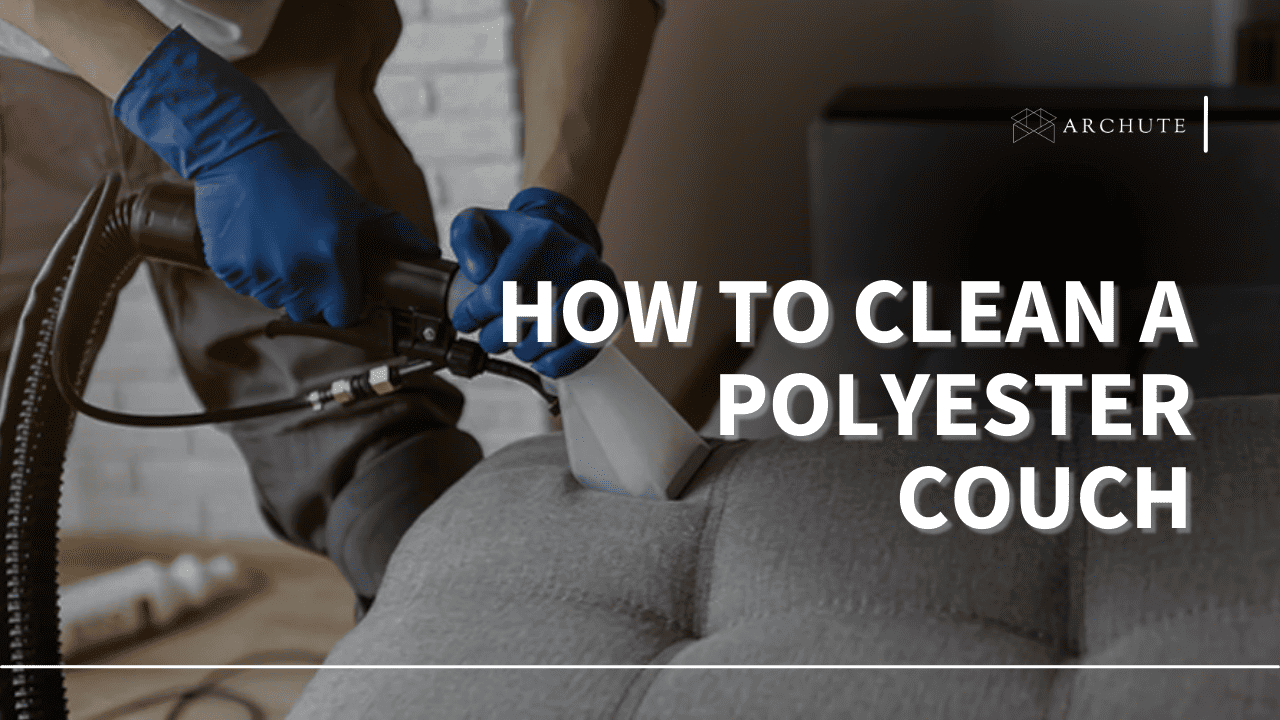Seeing molds in your clothes is such a personal discovery. But how does these molds get to grow in your clothing? They can be found on fabric most especially if the fabric is exposed to damp areas or if it is not dried adequately before storage. Fortunately, there is no such thing as a stain that cannot be cleaned well and there are various ways on how to do it. However, these techniques depend on the type of material being worked on. Thus, if you want to have any change of coming out of the drain with your garment intact, then you have to use the right methods. In this guide, we will guide you on how to rid your clothes of mold.
Why Do You Need to Remove Mold on Clothes?
The stench, accompanied by the presence of visible mold, is sufficient to prompt you into action. Nevertheless, if mold spores are present in small amounts the smell may not actually be all that noticeable. In this case, it may be tempting to overlook its availability or even deliberation on the need to eliminate it.
1. Maintain the quality of your clothes
These bacteria not only smell bad and appear ugly but also tarnish natural fiber clothing. Thus, the colors wash off and the material loses its strength and durability gradually.
2. Prevent health complications
Everyone is impacted differently, when exposed to mold. While some do not exhibit symptoms, others may experience allergic reactions, asthma, or other respiratory problems. In addition, the effects of mold are worse for children. Different sources have shown that if young children are in contact with fungi, they are likely to develop asthma by the age of seven.
3. Avoid expansion
You may believe that mold growing on your clothes is a localized problem, but it's not. Spores usually travel through the air and, as a result, can spread faster and farther than you might think. Your garments may only serve as the doorway to your home. Therefore, it's important to remove the bacteria when you suspect its presence. Besides, remember that spores can survive and hibernate in sterile environments, such as hot, dry weather. They usually thrive and expand within 24 to 48 hours of the arrival of winter or humidity.
What Are the Signs of Molds in your Home?
i). Stains
Though mold is often black or green, some stains can show an orange or red color. It depends on the nutrient source, age or region of the mold. If you see in the corners or on the ceiling, damp stains start to appear; it's most likely mold.
ii). Cold and allergies
If you have a cold that doesn't disappear, it might be spores irritating your respiratory system. You might also experience running nose, itching eyes and sneezing when wearing clothes.
iii). Skin rash
When you come into direct contact with moldy clothes, your skin may react.
iv). smell
Mold smells bad; there's no denying it. But, with that said, mold could be the source of a new, unidentified odor in your home.
v). Peeling wallpaper
The first sign is discoloration; however, you know you have a problem when wallpaper begins to peel from your walls.
Tips on How to Prevent Mold Growth on Clothes
The easiest technique of removing mold on clothes is by preventing them in the first place. Here are some tips to guide you.
1. Dry Quickly
When washing your clothes, please ensure that they are not left wet. Wash them in a washer and remove them as soon as you can and dry them either by hanging out in the sun or by using a dryer. The longer they stay wet the higher the chances of developing mold. Keep in mind that mold thrives in damp places, and if the clothes are left wet, they will provide a home for mold. Molds can also be seen in sweaty clothes, shoes, or a wet swimming suit that has been packed in a plastic bag. So, remove them as soon as you arrive home, and if you are unable to wash them immediately, then only hang them.
2. Maintain low moisture levels
Do you and your family members often struggle with moldy clothes in the house and you have no idea why? It is worth to note that mold normally grows when the level of humidity is above 60%. Hence, reduction of moisture is very important in preventing decay.
i). Use a dehumidifier
A dehumidifier is a basic and efficient appliance you can use to control humidity in your home. Place the dehumidifier in your basement or closet, where you keep your wears to prevent having moldy wears. And if you have to dry your cloths inside then fix it near the drying rack.
ii). Good ventilation
Ensure proper airing in the house and the closets. This can be done by opening the windows and switching on the ceiling fans to let fresh air into the house. We also suggest that, if possible, you should aim to have your furniture about an inch or so away from the wall to facilitate proper air circulation.
Spores are not stationary; therefore, it is advisable to clean and dry your carpets to prevent them from becoming a breed area. When it is rainy, it is advisable to shut the windows in order to reduce the amount of humidity in your home.
iii). Check filters
Examine your HVAC filters. Screens are commonly found in ventilation, cooling, and heating systems. To keep mold and allergens from growing and accumulating, ensure you replace the filter every one to three months.
3. Prevention spraying
To avoid moldy clothes, ensure you spray clothes with a mixture of tea tree oil and water every two days, as described above. Though it will leave a pleasant odor, if spores made their way into your closet, they'd be killed before they spread.
Ways on How to Get Mold out of Clothes
1. Washing techniques
If you regularly use a machine dry cleaner or hand wash to clean your clothes, here are the best ways to remove mold spores.
i). Machine-washing
If the mold growth is not out of hands, washing and drying your clothes may suffice. Fortunately, most fungi species die when exposed to water that's hotter than 140 degrees Fahrenheit. Fortunately, most laundry machines have a "hot washing mode" to achieve this temperature.
1. Ensure you separate the infected clothes- since mold spores spread, avoid mixing moldy clothes with clean ones.
2. Set the hottest mode- Cold water won't affect mold; not even water will do. Therefore ensure the temperature are high; however, ensure the water is not extremely hot to damage the fabric.
3. Pour detergent- Your regular detergent is more than enough.
4. Though optional, once the washing machine is filled with water, open it and add bleach, vinegar, or Borax. However, if your laundry machine features a front door, you will need to do this differently. Use the separate receptacle next to the one dedicated to the laundry detergent.
5. Wash- Allow your washing machine to run for two full cycles.
6. Dry your garments- The sun heat is a natural fungi killer. Therefore hang your wet clothes out in the open, in direct sunshine.
7. Drier alternative- Immediately transfer the garments to the dryer after the second cycle.
However, if the smell is still on even after washing your clothes, don't dry because the mold spores are still present. Instead, try soaking the clothes in baking soda or vinegar for about 20 minutes and wash again.
ii). Hand-washing
If you only have one cloth or towel to wash, then a large bucket of hot water is sufficient.
1. Fill water- Pour hot water in a bucket
2. Add laundry detergent- One cup of detergent
3. Mix commercial or natural mold remover- You can use one or a combination of the ingredients
4. Soak- Put the fabric inside and leave it for about 20 minutes
5. Rinse and dry- For effective results, follow the same instructions as per machine wash
For strong mold infections, use hand-washing together with the washer. Allow the mixture to soak through the fabric for about 20 to 60 minutes before starting your laundry machine load. When it comes to dry cleaning, especially if your clothes can only be dry cleaned, we recommend you use a gentle brush to remove mold from clothes as much as possible. Alternatively, put the clothes in a plastic bag and allow a professional to handle them. Ans ensure your dry cleaner knows the issue. It might also help highlight any mold spores you want to remove from your clothes.
2. Commercial methods
If you don't have any ingredients as discussed above, the techniques listed below can effectively clean mold spores.
i). Brush and detergent
Set up your workspace in a well-ventilated environment or outside to employ this procedure. Also, keep in mind that mold spores can move fast to other surfaces or even into your lungs.
1. Brush- When choosing the Brush, ensure soft bristles to prevent damaging the clothes. And if you are cleaning a small patch, use an old toothbrush. Try to remove as many mold stains as you can.
2. Spray- Wait for thirty minutes until the liquid has been absorbed completely
3. Wash- Use a washing machine or hand wash with hot water.
ii). Using bleach
Bleach is known to kill mold allergens effectively and as a stain remover. However, since chlorine bleach only removes mold and mildew from non-porous surfaces, we recommend mixing with Borax for added efficiency.
1. Machine wash- Add one cup of chlorine bleach or other commercial products containing bleach.
2. Handwash- Mix the cup of bleach in a large bucket of hot water. Allow the solution to soak for some hours before rinsing with detergent.
However, this technique is only suitable when removing mold from white clothes. Colored garments can easily discolor or fade.
3. Natural methods
If you prefer keeping your home chemical-free, here are some natural ingredients effective for cleaning mold stains.
i). Borax
Borax is a well-known material which people often use for washing mold off their garments. Borax has the ability to change water molecules to hydrogen peroxide when the borax is mixed with hot water, which is a natural mold remover. Moreover, Borax is not only used as fungicide, but it is also an insecticide, herbicide and disinfectant. Furthermore, it has a multiple uses and it also help in getting rid of mold smell. This is useful when attempting to eliminate odorous microorganisms.
Borax on its own does not dissolve in water readily and some preparations have to be made to dissolve it fully in water.
1. Mix- In a large laundry basket, mix hot water with half a cup of Borax.
2. Dissolve- Stir the solution slowly until completely it dissolves. You can use plain Borax or a borax-containing detergent.
3. Wash- Soak your items for at least 20 minutes before washing to remove mold stain. If you're using a washing machine, throw the liquid into it and run it through two cycles.
Take note: Borax can irritate the eyes and is dangerous if consumed.
ii). Baking soda and white vinegar
Vinegar is antimicrobial and antifungal. Fortunately, it's an efficient and natural way of removing molds. Besides, baking soda absorbs moisture and removes odors by altering the PH level of the cloth. As a consequence, both substances collaborate to remove mold from your garments.
- First washing cycle- During the first washing cycle, pour a cup of white vinegar into the washing machine. Do not use any detergent.
- Second washing cycle-Mix in a half-cup of baking soda.
Don't combine bleach and vinegar because the solution can produce poisonous fumes.
iii). Tea tree oil
Tea tree oil may be one of the most effective fungi and mold removal remedies. However, compared to other cleaning products, the oil may appear to be an expensive investment at first. Nonetheless, a small concentrated bottle is enough for many mold removal sessions.
Besides, the quality of this oil can vary from one brand to the next. As a result, ensure that the essential oil you buy is pure, not synthetic, and free of additives. Otherwise, you risk getting other kinds of oily stains on your moldy garments.
1. Mix-Mix a teaspoon of tea tree oil with a cup of hot water. Put the solution in a spray bottle.
2. Spray-Spray all over the moldy clothing, inside and out, on both sides.
3. Soak- Allow about 10 minutes for the mixture to work its magic before washing.
4. Wash- You can add the remaining bottle into your washer or hand-washing bucket. And if you don't like the smell of tea trees, we recommend replacing it with clove oil, which is also effective.
Take note: The Smell may be overpowering at first; however, it will fade after a few hours. Also, remember to keep the bottle out of reach of children and pets.
iv). Hydrogen peroxide
Hydrogen peroxide is antimicrobial and a disinfectant. In addition, its application has proven very effective in dealing with fungus. Generally, you can dilute it at about 3% and use it to wash off mold from your clothes. Next, continue the process following the steps outlined for essential oils.
















